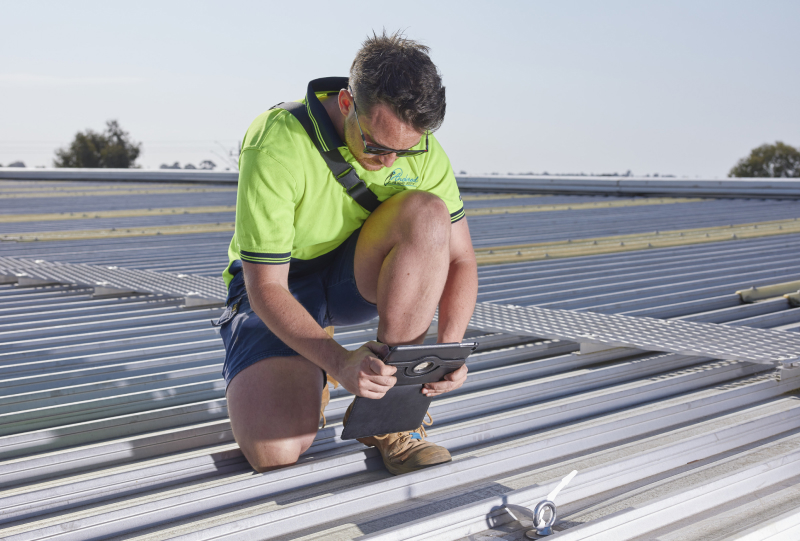Working on roofs is considered one of the most perilous jobs in the construction industry, and prioritizing the security of workers is crucial. Roof anchor points play a crucial role as safety lines, becoming indispensable elements in a fall protection system. Installed properly, such stationary points can safeguard against workplace accidents and fatal incidents. However, what is the most effective location for roof anchor point installation?
Comprehending OSHA Standards and Conformity
The installation of roof anchor points not only secures workers, but is also a mandatory legal provision. The Occupational Safety and Health Administration (OSHA) presents strict criteria for fall protection in the construction field. As per OSHA regulations, any worker functioning at a height of six feet or beyond must be facilitated with sufficient safety precautions, including anchor points. These anchor points must withstand a minimum of 5,000 pounds per worker or form part of an engineered system devised and installed under a certified supervisor’s direction.
Failure to abide by OSHA stipulations may result in substantial penalties and, more alarmingly, endanger worker safety. Contractors who stick to these regulations foster a safe work culture and evade potential legal consequences.
Aspects Impacting Placement Determination
The effectiveness of secure roof anchor installations largely depends on its correct positioning. Identifying the perfect spot requires an understanding of several vital factors, including the type, pitch, and material of the roof.
Roof Structure
The design of the roof often influences the positioning of anchor points. For flat roofs, for instance, it may require a number of anchors scattered evenly to efficiently cover vast areas. On the contrary, roofs with steep slopes often necessitate tactically positioned anchors near the top to diminish the chance of uncontrolled sliding in case of a fall.
Roof Slope
The slant or pitch of a roof significantly affects where an anchor point should be situated. On steep roofs, placing the anchor point closer to the ridge offers a secure attachment point. It shortens the fall clearance distance while ensuring worker balance. For roofs with low pitch or flat structure, an anchor point positioned centrally permits workers to reach varying areas without excessively extending their lanyards or safety lines.
Roof Construction Materials
The material used for the roof also impacts the anchor installation. Robust materials like metal and concrete serve as sturdy base layers for fastening anchors securely. For roofs constructed with less robust materials such as tile or shingles, it is recommended to use specially designed anchors to evenly distribute weight and minimize possible damage.
Summary
The process of installing roof anchor points is a combination of art and science. Contractors can ensure maximum worker safety by adhering to OSHA standards and meticulously assessing the roof’s type, pitch, and material. Strategically placing anchor points can save lives, prevent workplace mishaps, and reinforce trust in professional standards.
For more resources or comprehensive guidance on ensuring your roof projects align with safety best practices, it’s worth exploring expert certifications or manufacturers who specialize in fall protection systems. Safety is every contractor’s obligation—it’s high time to give it the priority it deserves.











